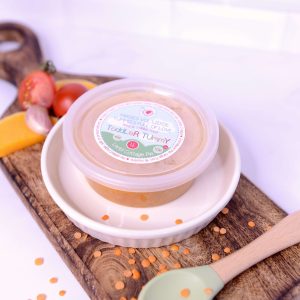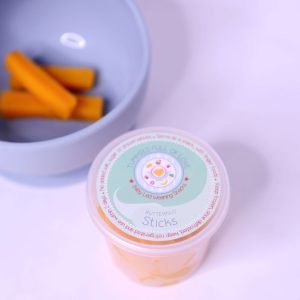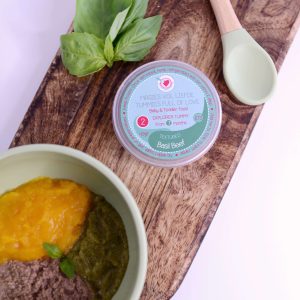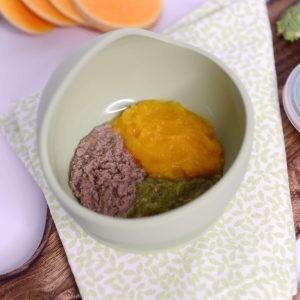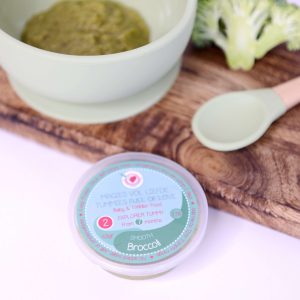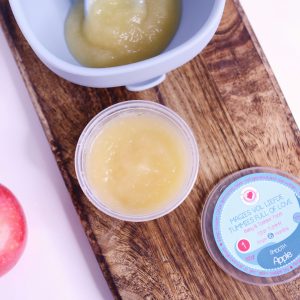From your babies first breath of air, we realise the importance of touch. Your baby’s sensory world is evident form that very first comforting skin-to-skin contact right after birth. Eating food and experiencing the texture thereof is part of the same sensory system, namely the tactile system.
All sensory input that the brain receives is evaluated to determine whether it is a threat to the body or not. The brain is able to adapt to and ignore sensory information that is familiar and does not require any reaction. For instance, you are not aware of the feeling of your clothes on your body until you think about it. This process is called habituation.
Until you start introducing solids into your baby’s diet, they are only ever exposed to one texture when feeding, that of milk. While they start exploring other textures round about 4-5 months by mouthing everything and anything that they can find, the brain and sensory system has not experienced anything other than milk when feeding. Your baby’s brain thus perceives any new texture such as pureed food as new and potentially threatening. How can we help the developing brain to adapt to the new food textures and eventually mature to they point where textures in food is not perceived as threatening?
Starting with a phased in approach to solids is the first step. Pureed foods that is as soft as possible provides the closest texture to milk and should be introduced first as it will be easier to tolerate. Gradually increasing the textures that your offer your baby to a coarser puree and then a combination of textures, provides the brain and body the opportunity to adapt to the new sensory information that it is experiencing during feeding time.
Next you want to follow a multi-sensory approach. For this you can borrow the slogan of Liquorish All Sorts, Play food. By providing your baby the opportunity to play with their food the brain has the opportunity to get accustomed to different textures in a non-threatening way. We often read that a baby needs to be exposed to a new flavour up to 14 times before they get accustomed to it, the same goes for textures. Playing and exploring with food and the textures thereof, provides opportunity to increase exposure. Speak to your child as you feed them. Comment on the texture, smell, colour, and taste of the food. This will help the brain to make sense of the new experience.
It is important to note that the mouth and tongue movements that you will notice during your baby’s introduction to new textures are necessary developmental actions that aid in preparing the oral motor muscles for chewing, eating, and speaking. Continue offering textured food even if your baby only spits it out and does not swallow. Remember, food before one is just for fun, milk will remain your baby’s primary source of nutrition.
How to assist your baby if they are struggling with the introduction of a new texture:
- Limit other sensory input during feeding time. Loud noises, distracting visuals and new flavours might overstimulate the sensory brain and lower tolerance of the new texture.
- Provide deep pressure between bites to calm down the nervous system and prevent over stimulation.
- If your baby is really struggling with a coarser puree or mixed textures, try introducing a more consistent, chewable texture. This way the brain will know what to expect, the whole bite will be course, not only certain parts thereof.
If your baby is gaging to the point of throwing up or if they become inconsolable during feeding this might be an indication of a sensory fallout or difficulty with oral motor control. Please consult an Occupational- or Speech Therapist if you are concerned.
With texture introduction, just like flavours, exposure is key. Explore the textures with your baby, be patient with new experiences, and most importantly, enjoy the journey!
–
References:
Case-Smith, J. and O’Brien, J. C. (2010) Occupational Therapy for Children. 6th edn. Missouri, United States of America: Mosby Elsevier.
Jean Ayres, A. (2013) Sensory Integration and the Child. 5th edn. USA: wpspublisher.


